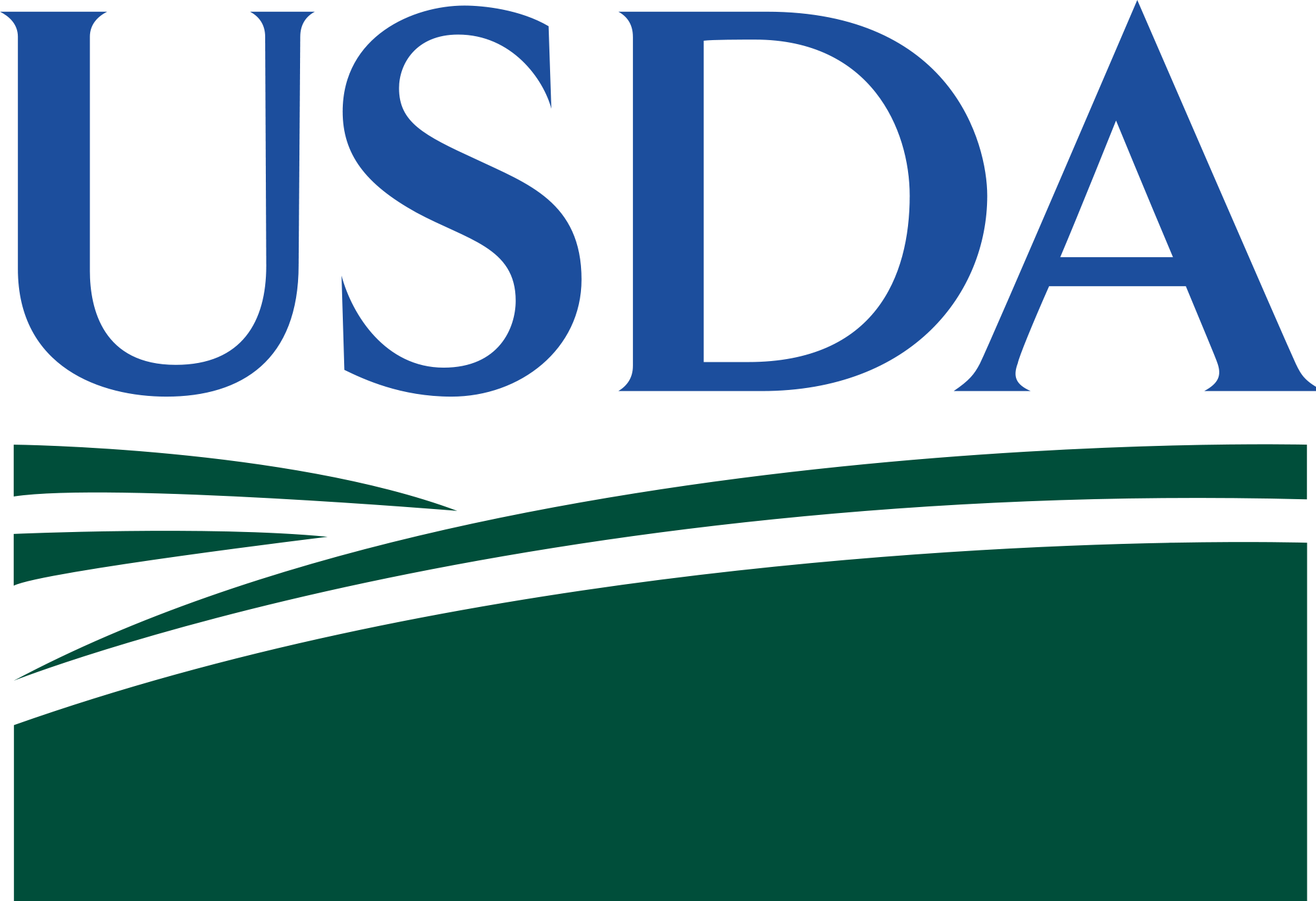USDA Agricultural Adjustment Administration, Milk Marketing Agreements Collection, 1933-1947
Content Description
The USDA Agricultural Adjustment Administration, Milk Marketing Agreements Collection, 1933-1947, consists of proposed marketing agreements, supporting documents detailing the negotiations of the agreements, and background research and documentation for over 100 locations in the continental United States, including the Chicago area, New York Metropolitan area, the Greater Boston area, Washington, D.C., and others. The states that have at least one location with a milk marketing agreement nclude: Alabama, Arizona, California, Colorado, Connecticut, Florida, Georgia, Illinois, Indiana, Iowa, Kansas, Kentucky, Louisiana, Maine, Maryland, Massachusetts, Michigan, Minnesota, Missouri, Nebraska, New Hampshire, New Jersey, New Mexico, New York, North Carolina, Ohio, Oklahoma, Oregon, Pennsylvania, Rhode Island, South Carolina, Tennessee, Texas, Vermont, Virginia, Washington (state), West Virginia, and Wisconsin. The states of Alaska, Hawaii, Arkansas, Delaware, Idaho, Mississippi, Montana, Nevada, North Dakota, South Dakota, Utah, and Wyoming are not represented.
The proposed marketing agreements, 1933-1947, describe the purpose of the Agricultural Adjustment Act of 1933 and contain copies of the contracts for producers and distributors tailored for each individual locale represented.
The supporting documents, 1933-1947, detail the various negotiations necessary between local producers and distributors and the USDA. These include tentative agreements, amendments to the agreements, and notices of hearings. Many of these documents were eventually signed by high-ranking USDA officials. Represented amongst the signatories are Secretaries of Agriculture: H.A. Wallace and Claude R. Wickard; 6 acting Secretaries of Agriculture: Harry L. Brown, Grover B. Hill, Rexford Tugwell, Paul H. Appleby, F.W. Reichelderfer, and M.L. Wilson; chief hearing clerk Ammon McClellan; acting chief hearing clerk, James K. Knudson; Dr. Clyde King, chief of the Dairy Section; and 2 acting chiefs of the Dairy Section: B.B. Derrick and J.H. Mason.
Included within the background research and documentation are monthly price reports, 1936-1940; state milk control acts, 1936-1940; economic briefs and statements, 1936-1940; text of speeches given by A.H. Lauterbach and Dr. E.W. Gaumnitz; legal documents regarding three cases where the milk agreements were challenged by individual producers in 1934, and two papers written in 1936, by E.W. Gaumnitz and O.M. Reed. One is titled, "The Theory of Milk Prices," and the second, "The Price Structure for Milk." Authors of economic briefs and statements include: P.L. Miller, H.I. Richards, W.G. Sullivan, J.R. Hanson, H.L. Forest, W.P. Sadler, E.E. Warner, Wayne F. Caskey, Andy W. Colebank, O.H. Hoffman, Jr., Robert C. Tetro, E.S. Harris, O.M. Reed, L.K. Wallace, C.W. Smith, and R.H. Farr.
Dates
- Creation: 1933-1947
Language of Materials
English .
Biographical / Historical
The USDA's Agricultural Adjustment Administration was founded in 1933 by the Agricultural Adjustment Act of 1933. The goal of the Agricultural Adjustment Administration was to restore farm purchasing power of agricultural commodities to pre-WWI levels. One method used by the Agricultural Adjustment Administration was marketing agreements. The first commodity to be subject to marketing agreements was milk, with the first milk marketing agreements becoming effective between August and December 1933. The milk marketing agreements were meant to provide a reliable supply of milk to consumers and steady prices for both consumers and producers.
In 1936, in United States v. Butler, the Supreme Court decided that the provisions of the Agricultural Adjustment Act of 1933 that taxed processors of farm products, with the proceeds of that taxation being paid to farmers to keep them from overproducing specific commodities, was unconstitutional. The Supreme Court decided that it wasn't a true tax, as it was paired with overly coercive contracts and that paying farmers to not produce was beyond the scope of powers of the federal government.
The Agricultural Adjustment Act of 1938 provided the same sorts of farm supports as were in the Agricultural Adjustment Act of 1933, except it changed the way the farm program was funded. The processors' tax was eliminated, and the programs were funded by the federal government.
Total Size of Collection
6 Linear Feet
Arrangement
The records are arranged in 7 distinct series: Series I: Proposed marketing agreements and supporting documents, 1933-1947. Series II. Monthly reports on prices and volume of milk sold, 1936-1940. Series III. State Milk Control Acts, 1936-1940. Series IV. Economic briefs and statements, 1936-1940. Series V. Legal cases, 1934. Series VI. Research papers, including "The Theory of Milk Prices" and "The Price Structure for Milk" by E.W. Gaumnitz and O.M. Reed. Series VII. Addresses by A.H. Lauterbach and Dr. E.W. Gaumnitz
Custodial History
The items within this collection were deposited with the libary, soon after creation, as part of standard USDA procedure, between 1933-1947.
Condition Description
Fair: some brittle paper and water damage, lots of metal staples, some with rust, roughly one third of the envelopes the majority of the documents are in are torn.
Digitization note
The USDA Agricultural Adjustment Administration, Milk Marketing Agreements Collection, 1933-1947, was digitized in 2024.
- Title
- USDA Agricultural Adjustment Administration, Milk Marketing Agreements Collection, 1933-1947 MS0529
- Status
- Completed
- Author
- Michelle McDaniel
- Date
- May 2024
- Description rules
- Describing Archives: A Content Standard
- Language of description
- English
- Script of description
- Latin
- Language of description note
- Description is written in: English, Latin script.
Repository Details
Part of the National Agricultural Library Special Collections Repository
National Agricultural Library
10301 Baltimore Avenue
Room 309
Beltsville Maryland 20705 USA
301-504-5876
 An official website of the United States government.
An official website of the United States government.
